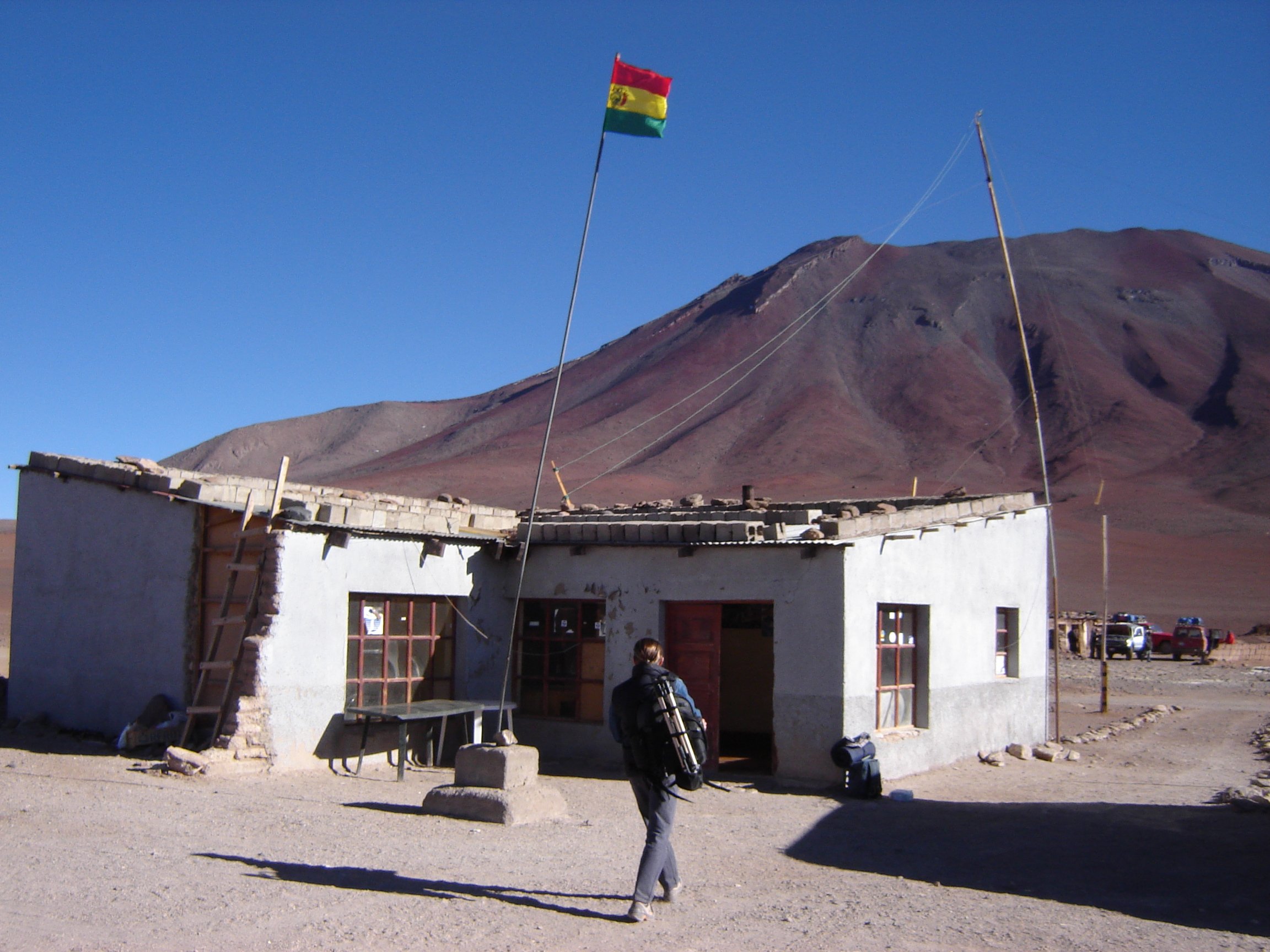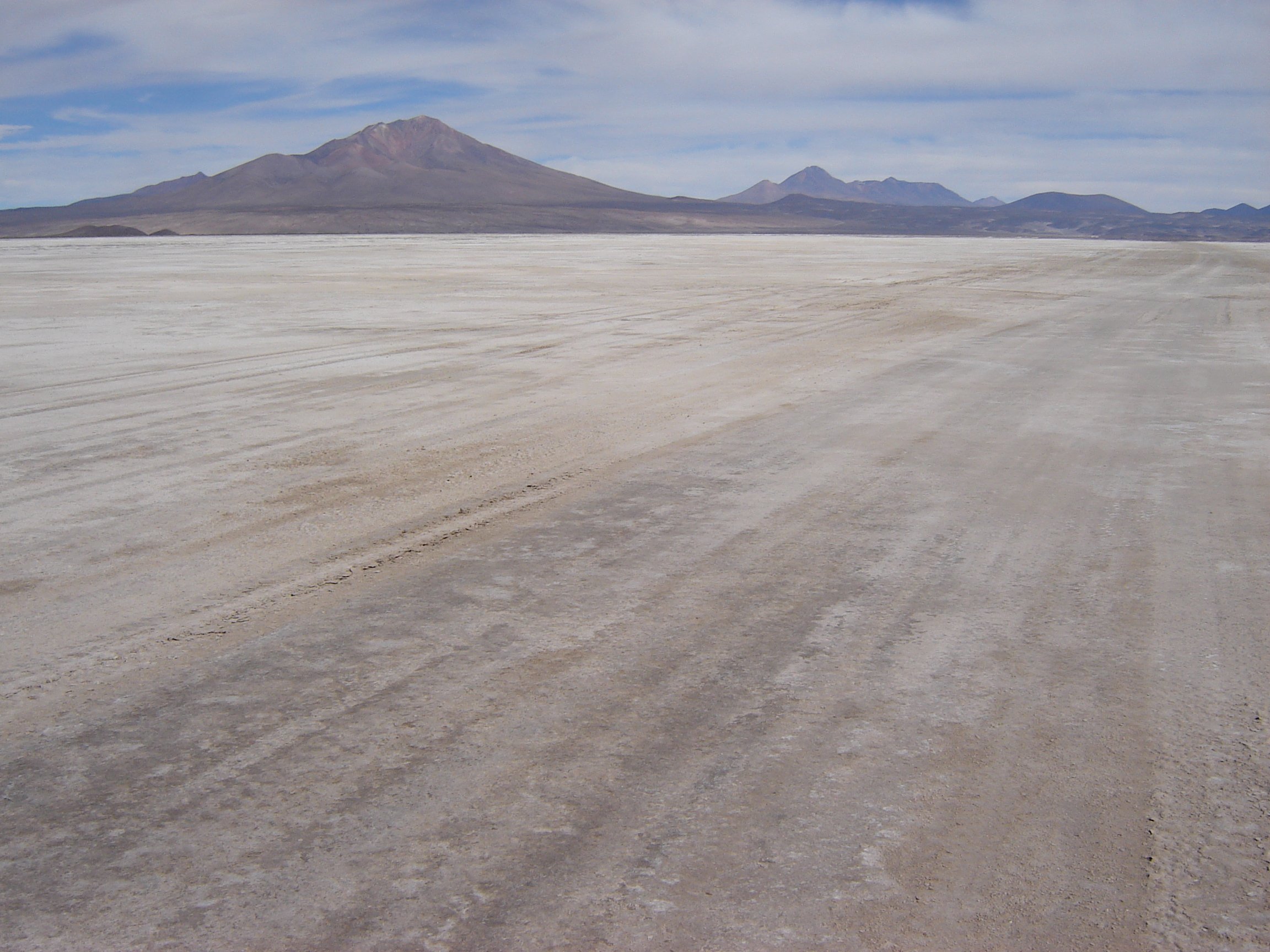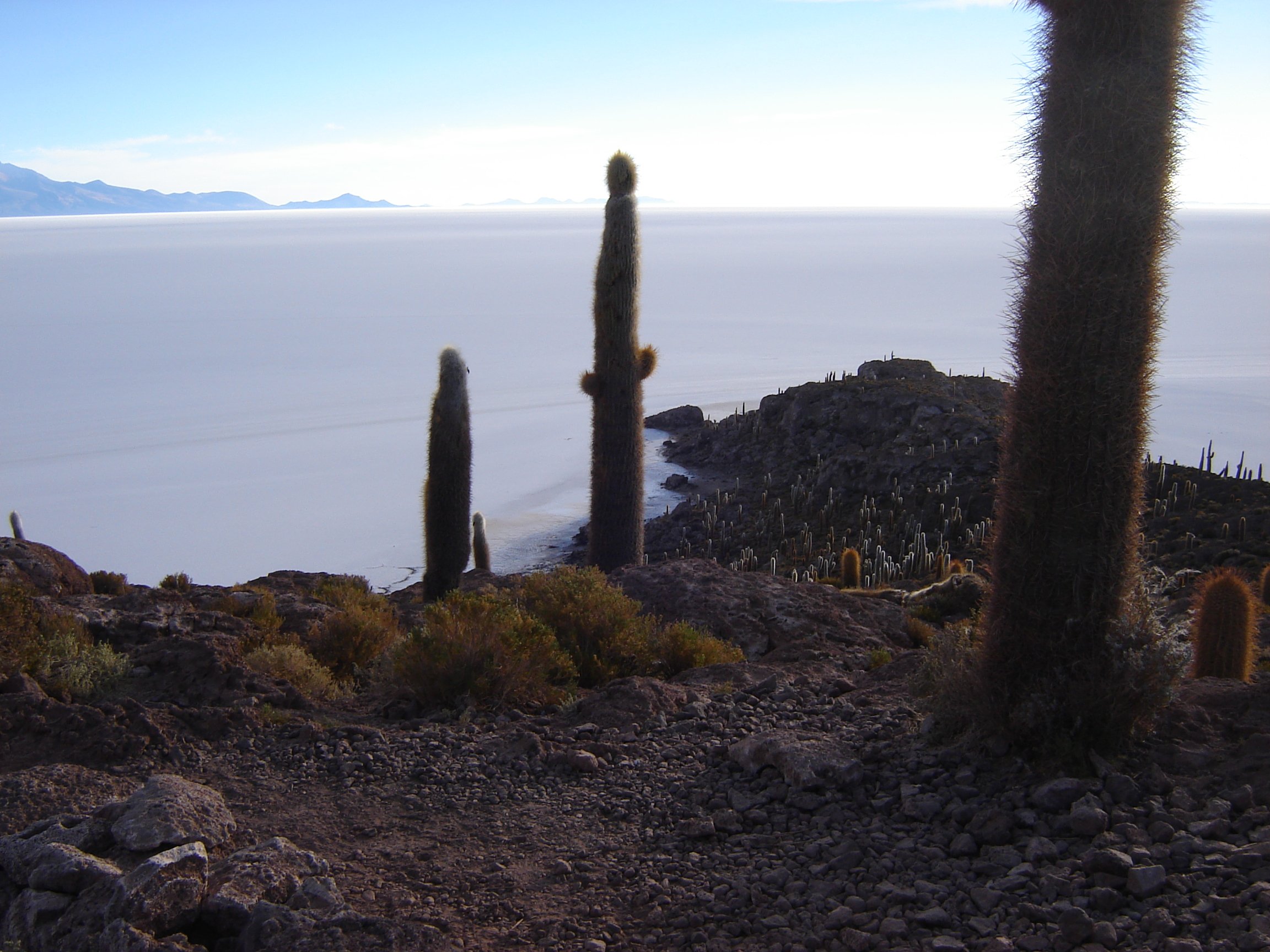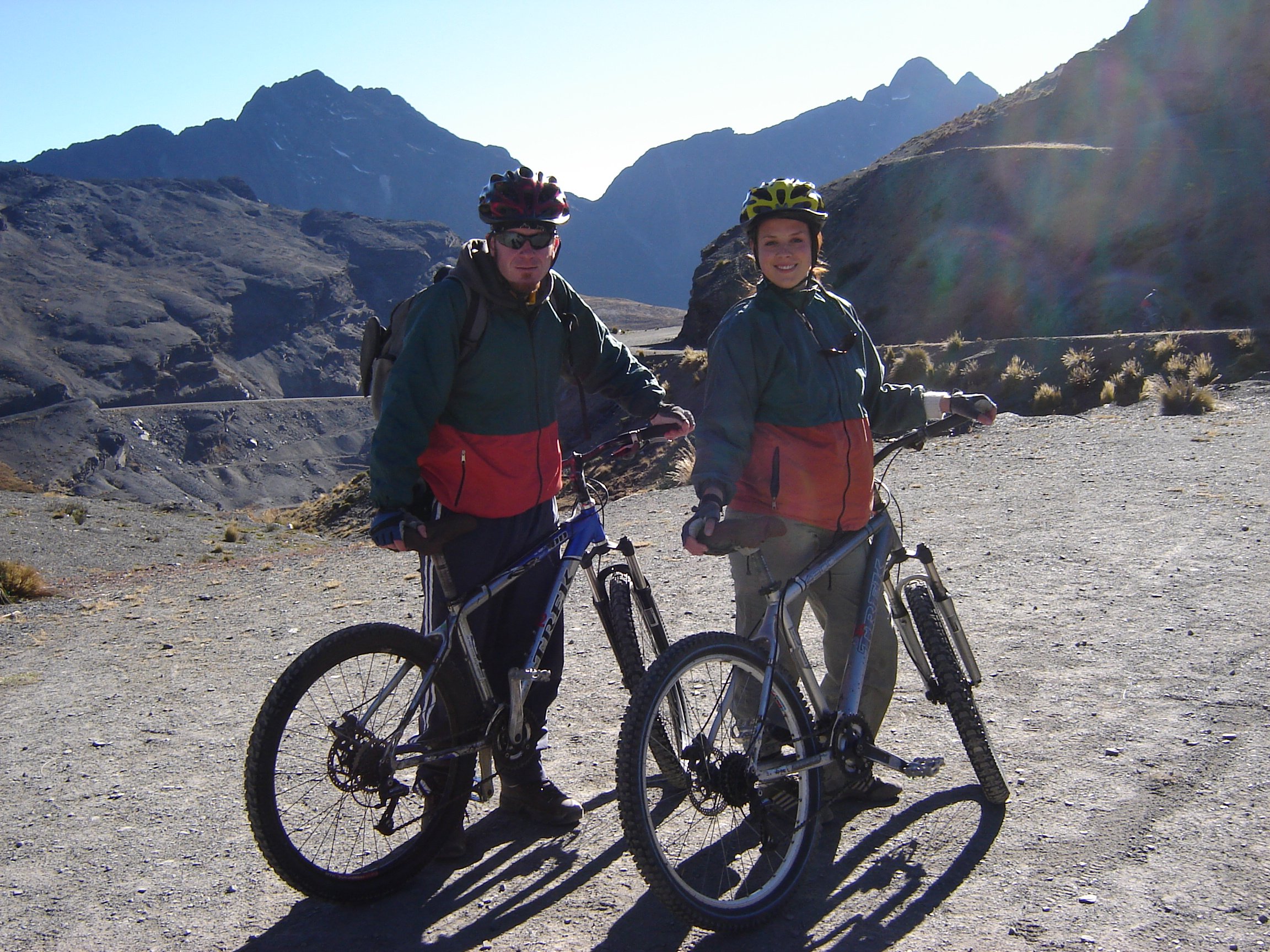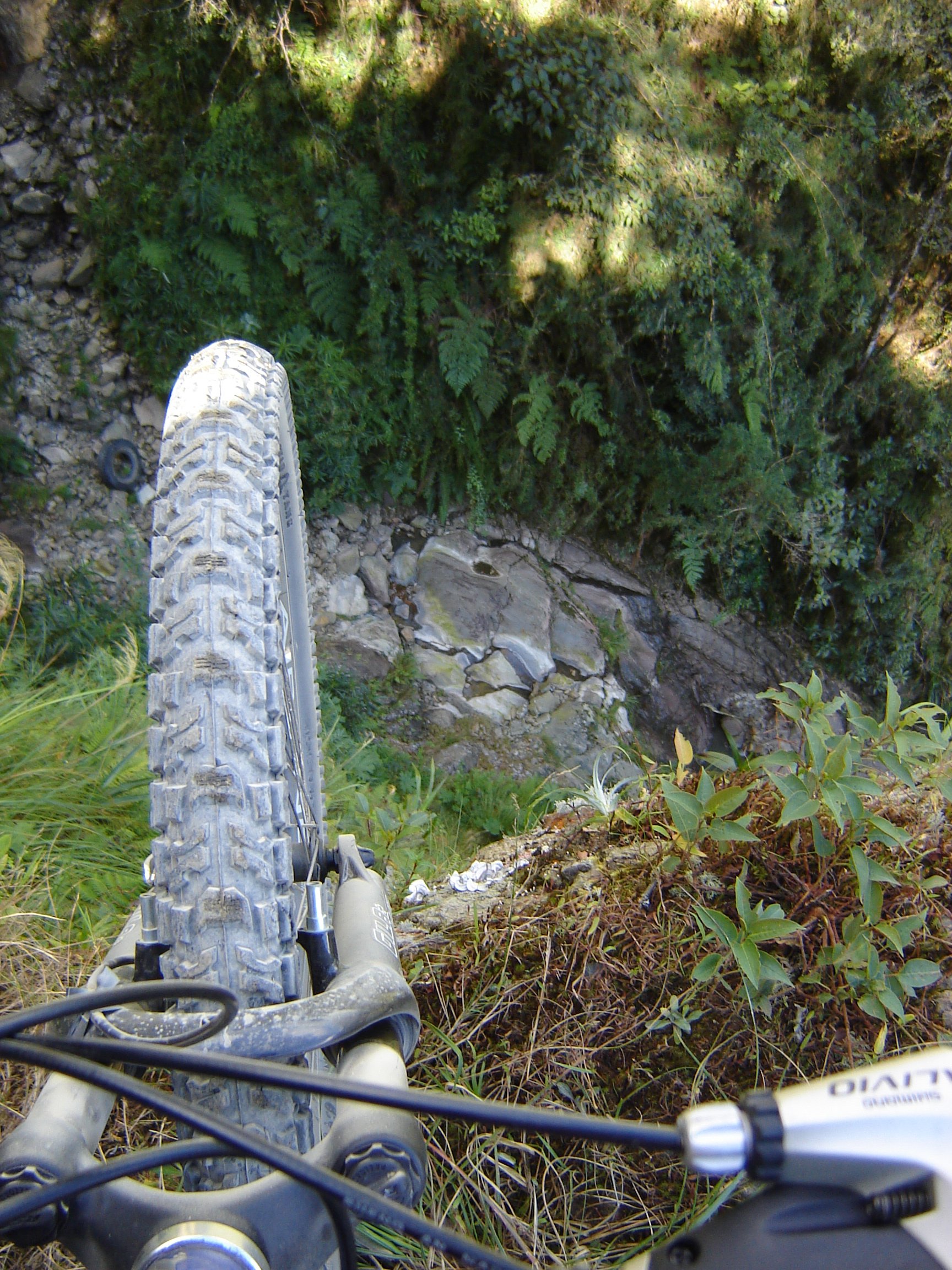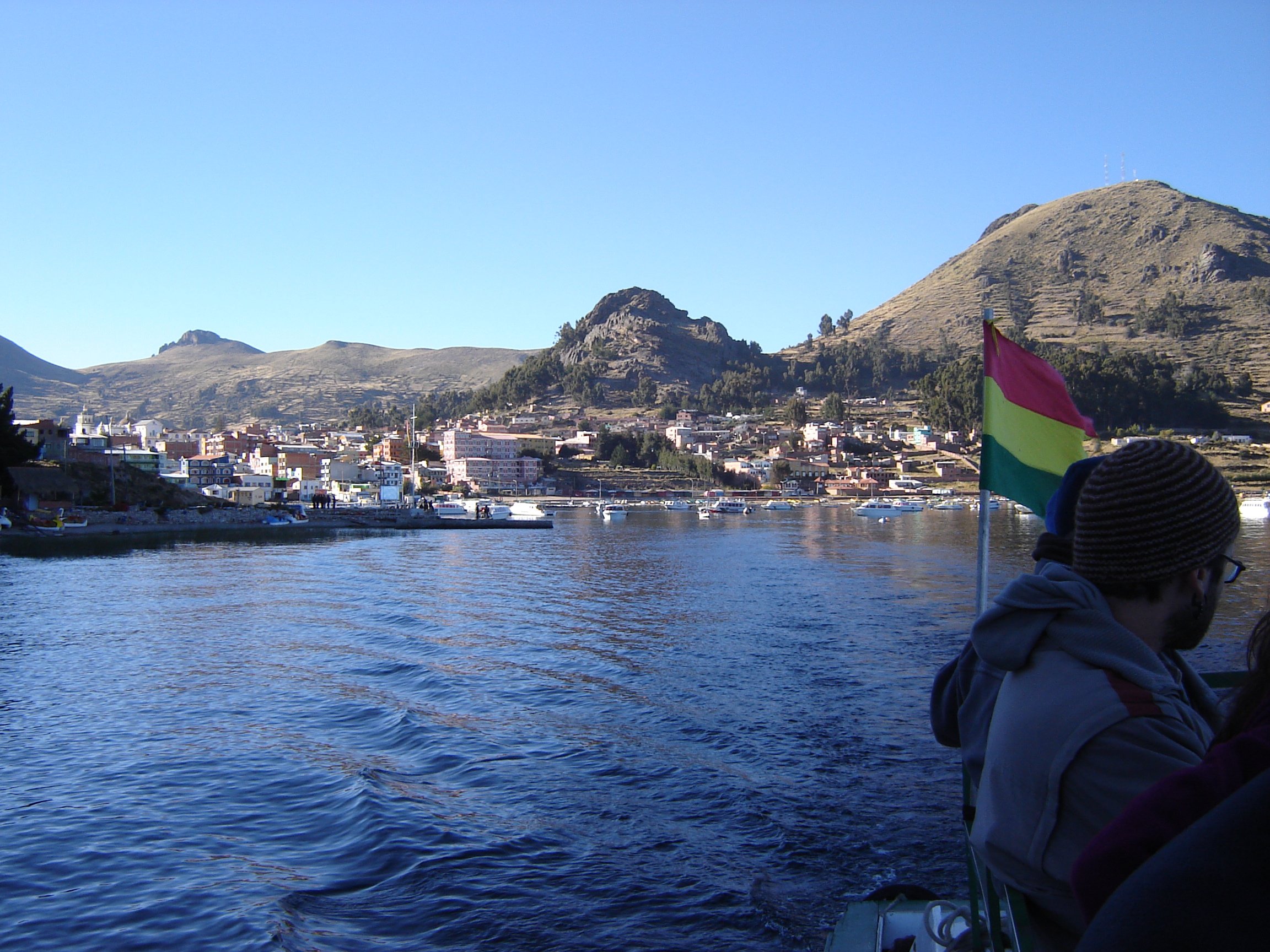BOLIVIA
Raw.
Perhaps one of South America’s most impoverished countries, Bolivia was our second South Am stamp and the on-ramp for steeply climbing altitudes. Our dollar stretched further than ever in this sparse, yet beautiful country. The people were friendly and accommodating.
Frenchie had our itinerary packed with awesome shit. Let’s go.
Lagunas Coloradas
From Chile, six of us piled into an old 4x4 with a driver and a cook and we trekked off into some of the most rugged and desolate land I've ever seen. We crossed into Bolivia at possibly the most remote border outpost on earth. It was a tundratic, desert-like setting that was stark, arid and bloody cold. I'll never forget that rawness in the wind.
Some hardy alpacas, flamingos and a small golden fox watched us curiously as we approached the varied lagunas of Verde, Coloradas, Canapa & Onea.
We’d really started climbing in altitude here, so my sleep in the rugged cinderblock shack was fitful as my body struggled with the thinner amounts of oxygen.
Harsh, yet unforgettable terrain. 'High'ly recommended.
Salt Hotel
We stayed for a night on the edge of the world's largest salt flat in a hostel mostly made of - you guessed it - salt.
With no electricity, light and means of cooking were provided by fire only. Our accommodations in the Bolivian outback were very minimal, but very authentic.
The real raw experience.
Salar de Uyuni
We awoke before dawn and climbed into the 4x4 to get out properly onto the Salar de Uyuni; the world's largest salt flat that covers 10,000 square kilometers. After a rain, a layer of still water transforms the flat into the world's largest mirror at 129 km across.
Witnessing dawn from a place like this was pretty extraordinary; your shadow looks impossibly long and the naturally forming fissures in the salt look like a patterned mosaic. At times it felt as though watching a sunrise from the surface of, say, the planet Pluto.
The 'island' of Incahuasi sits in the center of this sea of salt where we had breakfast of maize bread and tea beside the giant cacti. We then snapped some nifty pictures in this unique setting. What a surreal place.
La Paz
Located at an altitude of 11,942 ft (3640 meters) above sea level, La Paz is the highest capital city in the world. The city was founded in 1548 is is home to some 2 million Bolivians.
We took a trip over to the Valle De La Luna (Valley of the Moon) where a mysteriously perched pan-flute player filled the air with Incan music. We later hit a spirited soccer match between La Paz F.C. and old Bolivian club 'The Strongest'.
The Death Road
A slick tour outfit had a group of us meet up at 6am where they provided breakfast, windbreaker jackets, new bikes and transportation to La Cumbre pass about 30 minutes northeast of La Paz. From a deserted layby at 4,700 meters (15,420 feet) above sea level, we jumped on the bikes and began a blood-rushing descent towards and onto Bolivia's famed 'Death Road' where many motorists and at least 18 cyclists have gone off the road and plunged to their demise.
After midway refreshments, we polished off a modest ascent into the town of Corioco where we hit a hotel/restaurant combo to shower up and enjoyed an awesome lunch while recalling our kick-ass days' ride down the deadly Yungas Road. Being a bike guy, this was a must do, and in a huge way, a glad-to-have-done. Frenchie was a champ too. The best downhill ride of my life.
Lake Titicaca & Copacabana
Titicaca... The name just rolls off the tongue, doesn't it?
South America's largest freshwater lake is also the worlds highest navigable one and looked like an expanse of shimmering blue as we disembarked from our bus and crossed the Strait of Tiquina.
It's not every day you see a bus being barged across a body of water. Once back on our comfy coach we made tracks to an astoundingly nice & inexpensive hotel in the lakeside town of Copacabana.
Isla Del Sol
Bolivia's ‘Island of the Sun’ is a hilly & rocky isle spotted with eucalyptus trees and absent of vehicles or paved roads. There is evidence that people lived on the island as far back as the third millennium BC. In the religion of the Incas, it was believed that the sun god was born here. I took what felt like a polar dip into the crystal clear (yet frigid) waters on a cloudless day. We stayed a night in a beautiful little yellow hacienda with fantastic views over the lake.




